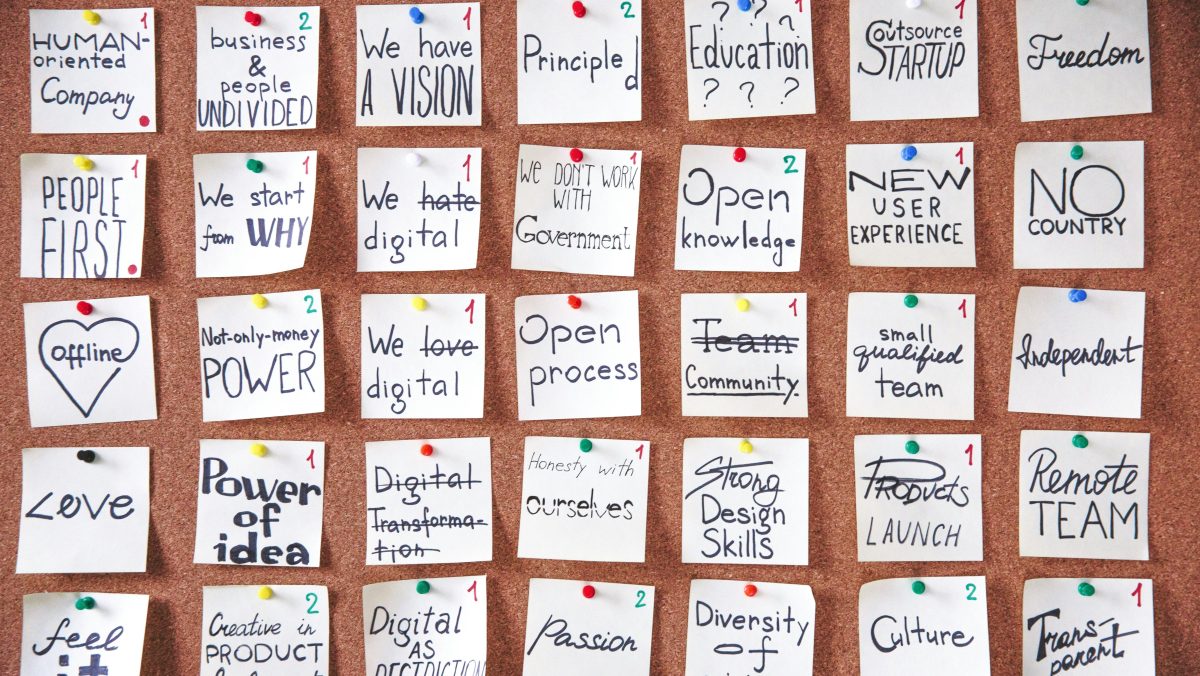OpenAI proposes a progressive framework, ranging from initial discovery to implementation and scaling.
The phases are:
Discovery. Understand the problem thoroughly
Before thinking about applying AI, you need to map out the processes, the real pain points and the objectives of the area. This is the time to ask questions, observe and document.
‘Identifying successful use cases starts with deeply understanding how the team works and where time, data or decisions are lost.’
Prioritisation. Evaluate impact vs. feasibility
Once you have several ideas, you need to prioritise them. The guide suggests using a matrix with two axes:
- Business impact
- Ease of implementation
OpenAI’s advice is to start with ‘quick wins’: high-impact, low-complexity cases that validate the value of AI and build trust.
Business case development
Once prioritised, you need to get it off the ground: what resources are needed? What benefits are expected? What are the risks? How will success be measured?
Pilot (PoC). Validate technical and business value
Before scaling up, it is essential to launch a proof of concept: test with real data, measure impact, evaluate adoption.
Scaling up. If it works, industrialise
If the pilot demonstrates value, it is time to integrate it into real workflows, accompanied by training, processes, support and an adoption strategy.
Here again, it is key to focus on the automation and future of work, where we consider how to integrate AI in a sustainable and scalable way into daily operations.
In summary
It’s not about having a ‘good AI idea’, but rather:
- Understanding the pain well.
- Validating that AI can help.
- Measuring before scaling.
- Always accompanying with change management.
‘A use case without adoption is just a nice demo.’
